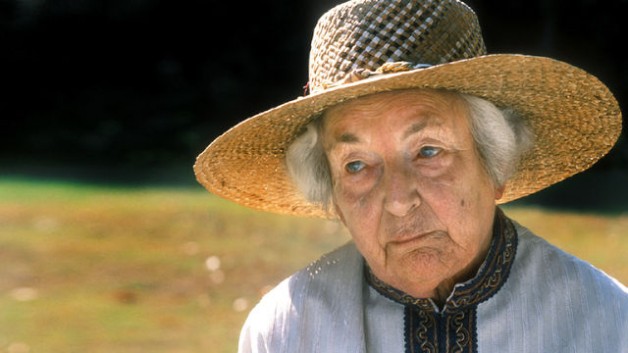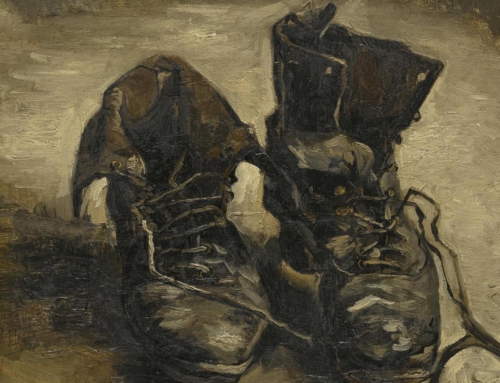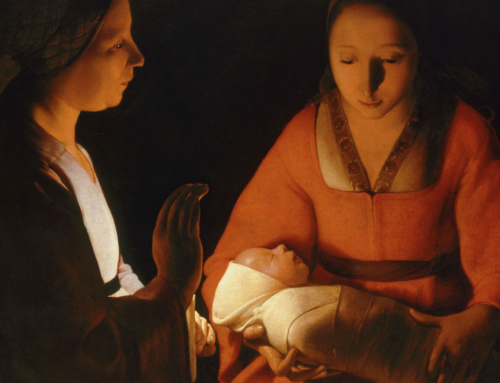In this House of Brede, a novel by Rumer Godden, sensitively and insightfully broaches the subject of religious vocation. It portrays the intricacies of one woman’s journey to religious life and her experience of life within the monastery’s walls. Widowed and a successful career woman, Philippa Talbot shocks her friends and coworkers when she decides to leave her life in the world and become a nun of Brede Abbey.
Describing her vocation, Sister Philippa says, “Everything seemed—not hollow, but—as if suddenly I could see beyond them, into an emptiness, and all the while there was this strange pull; no one can describe it who hasn’t felt it, and doubly strange for me because until then such a thing had never crossed my mind.” The novice mistress, Dame Ursula replies, “Vocations can come to the most unlikely people in the most unlikely circumstances, and there’s no resisting. It’s as if God put out a finger and said, ‘you.’”
For Sister Philippa, entrance into the monastery means running to God. She seeks the only one who can satisfy the longings of her heart. But her friends, surprised by her decision to enter the monastery, voice one concern: they cannot imagine her being locked away. These friends see the walls of a monastery as the walls of a prison—a hindrance or obstacle to true human flourishing.
The nuns of Brede, however, know that the cloister is essential to their vocation and, therefore, to their happiness. Their first priority is to pray. They are contemplatives, and, because they are contemplatives, they must be apart, removed from the noise and clutter of the surrounding world.
Some might criticize this flight from the world as somehow cowardly—as if these women just couldn’t face the harsh realities of secular life. Others might say that such seclusion precludes service to one’s fellow man. In This House of Brede, however, shows how the nuns’ work of prayer, even though carried out within the refuge of the cloister, actually brings them closer to those living in the world. The nuns greet their guests, get to know them, and keep up on correspondence; they are united to those who ask for their prayers by a deep bond of charity and concern. They act as a sort of bridge, uniting people to God through their prayers.
The novel gently reveals to the reader the way the nuns see their own life. The older nuns provide guidance to the young, who seek their wise counsel, and they all share their personal struggles, whether in conversation with each other or with their guests. The crises they experience range from the ordinary clashing of personalities, to debates about the monastery’s future, to facing death.
The novel paints a handsome, subtle, and profound portrait of religious life. Readers quickly relate to the challenges the nuns face—so different, and yet not so very different, from those experienced in the world. One finds oneself rejoicing at the nuns’ joy and mourning when they grieve. Indeed, Godden accomplishes no mean feat: she provides a moving and expressive chronicle of monastic life without falling prey to saccharine piety or excessive sentimentality. She has left us a very engaging religious novel, whose special charm lies in the way it makes its characters familiar, sympathetic, and human.
✠
Image: Rumer Godden, 1996







